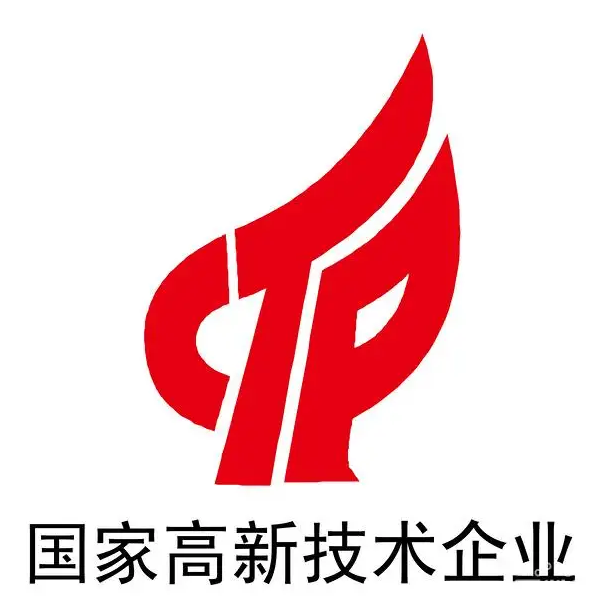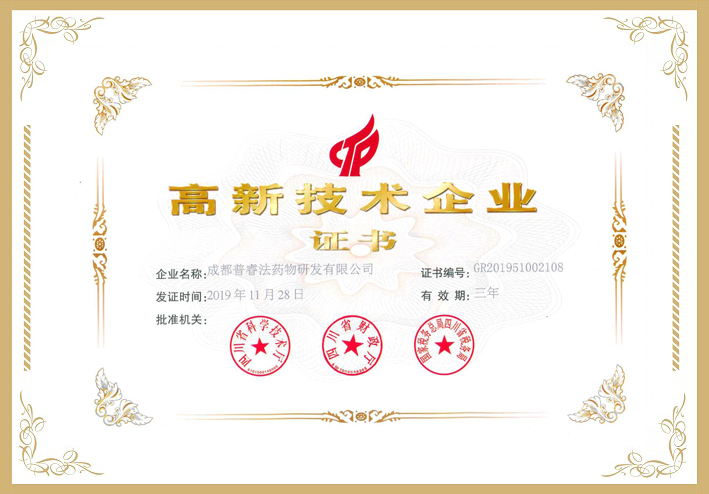scolymus by our research group (Abbas et al. 2021), and purity was confirmed using
NMR and HPLC analyses as ≥95%). Cynarin (99.94%) and cynaropicrin (97.40%)
were obtained from Biopurify Phytochemicals Ltd., China
In vitro culture of Cynara cardunculus subsp. scolymus was induced from bracts and leaves, using different phytohormone combinations. The most suitable one was 1-naphthaleneacetic acid: 6-benzylaminopurine (NAA-BAP), 3:1 mg/L. Modification of different phytohormone combinations altered the profile of C. cardunculus subsp. scolymus secondary metabolites as revealed by High Performance Liquid Chromatography. Rutin was recorded at 1.77 mg/g DW in leaf callus (not detected in leaves). After addition of 100 µM of methyl jasmonate (MeJA) as elicitor, 1.20 mg/g DW of cynarin was recorded in bract-derived callus and 1.18 mg/g DW in leaf-derived callus (not detected in leaves and bracts). Leaf callus enriched with NAA-BAP (3:1 mg/L) showed more elevated levels of rutin, cynarin, cynaropicrin, and pinoresinol (1.43, 1.2, 1.14, and 1.48 mg/g DW, respectively) as compared to the cultivated artichoke (0.0, 0.0, 0.40, and 0.0 mg/g DW, respectively). Moreover, elicitation of this callus by addition of 50 µM MeJA elevated luteolin, quercetin, cynarin, and chlorogenic acid levels relative to the initial callus. Higher Total Phenolics Content (TPC) was recorded in leaf and bract calluses (106 ± 2.69 and 55.19 ± 0.34 mg GAE/g DW, respectively) compared to leaves and bracts of cultivated plants (69.04 ± 0.05 and 19.42 ± 0.34 mg GAE/g DW, respectively).























